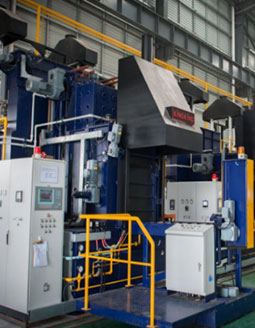What are the classifications of couplings?
Coupling is a mechanical assembly used to connect two shafts or shafts and counter parts to transmit torque and motion, and cannot be separated during the transmission process. So, how many people really know the classification and characteristics of couplings? Couplings are divided into three categories and four subcategories, with a total of 50 types. This article only introduces the classification of couplings. There are three types of couplings: rigid couplings, flexible couplings and safety couplings. The 6 subcategories of couplings mainly refer to:
1. Flexible couplings are divided into two types: flexible couplings without elastic elements and flexible couplings with elastic elements;
2. Safety couplings are divided into two types: rigid safety couplings and flexible safety couplings;
3. Rigid couplings are divided into fixed rigid couplings
Devices and movable rigid couplings. There are two kinds of flexible couplings with elastic elements such as couplings: metal elastic element type and non-metal elastic element type;
4. The characteristics of the spoke shape of the diaphragm coupling: each diaphragm coupling is composed of several pieces, and the silk holes on the edge and the inner edge are respectively connected with the master-slave dynamic half-diaphragm coupling. In case of distortion, the formed hole on the diaphragm is to improve the elasticity, because the elasticity must not be too small, and the error of the inner and outer diameters should not be too small, and it is generally suitable for transmitting small and medium output power.
5. The characteristics of the formed diaphragm coupling diaphragm: each diaphragm coupling is composed of an independent diaphragm, and the thickness of the diaphragm decreases from the inner axis to the outer hyperbolic regularity to maintain the same compressive strength standard. The material utilization rate is high, which is very suitable for high-speed transmission, but the production precision of the diaphragm is relatively high.
